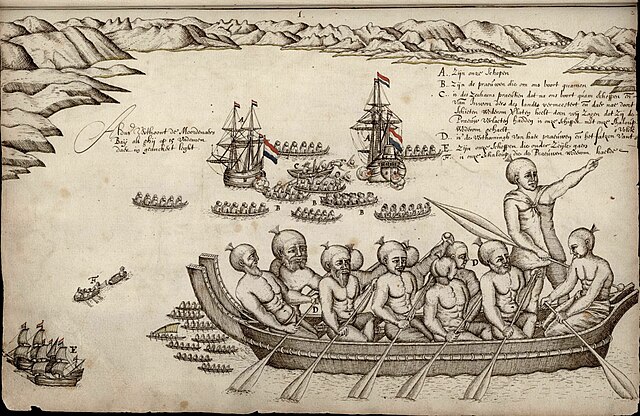Ngāti Porou is a Māori iwi traditionally located in the East Cape and Gisborne regions of the North Island of New Zealand. Ngāti Porou is affiliated with the 28th Maori Battalion, it also has the second-largest affiliation of any iwi, behind Ngāpuhi with an estimated 92,349 people according to the 2018 census. The traditional rohe or tribal area of Ngāti Porou extends from Pōtikirua and Lottin Point in the north to Te Toka-a-Taiau in the south. The Ngāti Porou iwi also comprises 58 hapū (sub-tribes) and 48 mārae.
Ngāti Porou paepae pātaka (threshold of a storehouse) in the Waiapu Valley
Wharenui (meeting house) in Waiomatatini, 1896, named Porourangi after the ancestor Ngāti Porou derive their name from.
Georgina Beyer 2018
George Nēpia 1935
Māori are the indigenous Polynesian people of mainland New Zealand. Māori originated with settlers from East Polynesia, who arrived in New Zealand in several waves of canoe voyages between roughly 1320 and 1350. Over several centuries in isolation, these settlers developed their own distinctive culture, whose language, mythology, crafts, and performing arts evolved independently from those of other eastern Polynesian cultures. Some early Māori moved to the Chatham Islands, where their descendants became New Zealand's other indigenous Polynesian ethnic group, the Moriori.
Māori performing a haka (2012)
Early Archaic period objects from the Wairau Bar archaeological site, on display at the Canterbury Museum in Christchurch
Model of a pā (hillfort) built on a headland. Pā proliferated as competition and warfare increased among a growing population.
The first European impression of Māori, at Murderers' Bay in Abel Tasman's travel journal (1642)








